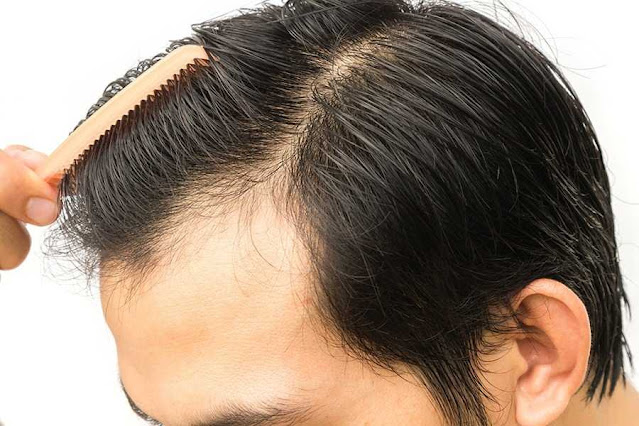When it comes to colouring your hair following a successful hair transplant in Kolkata, the question isn't "Can you colour it?" but rather "How do you colour it?" It's more of a question of "When can you colour it?”After a week of recovery from surgery? Certainly not. How about a few months from now? Possibly.
Undergoing
the best hair
transplant in Kolkata means that you need to give your transplanted hair the time it needs
to grow into a full-fledged tuft of hair on your scalp. Any kind of harsh
chemicals from the hair color before that time can impose risks of damage, sometimes
even permanent.
Besides
the actual surgical procedure, a patient also needs to be mindful of the
aftercare instructions that the surgeon advises. So, whether or not you can
color your hair after a transplant is a question we will be answering in this
guide.
Does Transplanted Hair Turn Grey?
The
color of your transplanted hair is going to mimic the appearance of the rest of
your hair on the scalp, especially the ones from the donor area.
So, if
you are a healthy male who is 25 years old with no appearance of grey hair on
your scalp, you aren’t going to witness that in the transplanted site too.
However, if your donor area hair were already grey, the chances are that the
newly regrown hair in the transplanted site will also be grey.
It all
comes down to the quality, characteristics, and color of the hair in your donor
area. The transplant or the surgery itself has no contribution to your hair
color in the recipient area.
Is it Safe Coloring after Hair
Transplant?
Whether
color after a hair transplant is safe or not is a question that your hair
transplant surgeon will answer for you in detail.
The
thought of getting hair color is often witnessed in patients who witness
regrowth of grey hair in the transplanted site. Not only does it dampen the established
self-esteem in the patients, but it can also make them question the entire
procedure and whether the efforts were even worth the hassle.
So, to
answer whether you can color your hair after a transplant, the answer is yes.
But, with caution and after discussing everything at length with your
consulting surgeon.
Getting
long hair color means exposing your scalp to harsh chemicals like bleach and
peroxides, all of which can alter the vitality of the transplanted hair
follicles if you color them too quickly after the surgery. Premature coloring
can also impact the recovery process and result in infections and allergies.
So, most
hair transplant surgeons generally advise the patients to wait for 4-6 weeks
after the surgery to consider hair coloring.
How long should I wait?
As we
said, a patient should ideally wait for at least 4-6 weeks after their hair
transplant surgery to consider hair coloring. If you want to color your hair
before that, you will hamper the recovery process quite drastically.
By six
weeks, not only the scalp gets healed and recovered, but even the grafts become
permanently embedded into the scalp, so you won’t have to worry about damaging
their vitality in the process.
However,
recovery is subjective and will depend on the aftercare that the patient is
following. Some patients report complete recovery after 2-3 weeks, while some
can even take 6-8 weeks. So, your best bet is to be highly patient throughout
the process and not jump the guns as you start seeing signs of recovery.
Also,
when considering hair coloring after a transplant, make sure you rely on
professionals to help you out with that. They will ensure that the process is
done safely without imposing further or irreparable damage to the hair
follicles and healing scalp.
Bleaching and Dying
Bleach
itself contains harsh chemicals, so do the hair dyes. Even a simple mistake
will damage the transplanted hair follicles, making the entire procedure a
complete waste of time and money.
The
bleaching agents and the peroxides contain harsh chemicals that the scalp is
sensitive to, especially after surgery in the best hair transplant in India. More than the actual hair, the
transplanted hair is at risk of damage in the initial days if you don’t treat
it appropriately. So, follow your surgeon’s instructions and patiently wait
till the follicles and scalp have healing optimally.





No comments:
Post a Comment